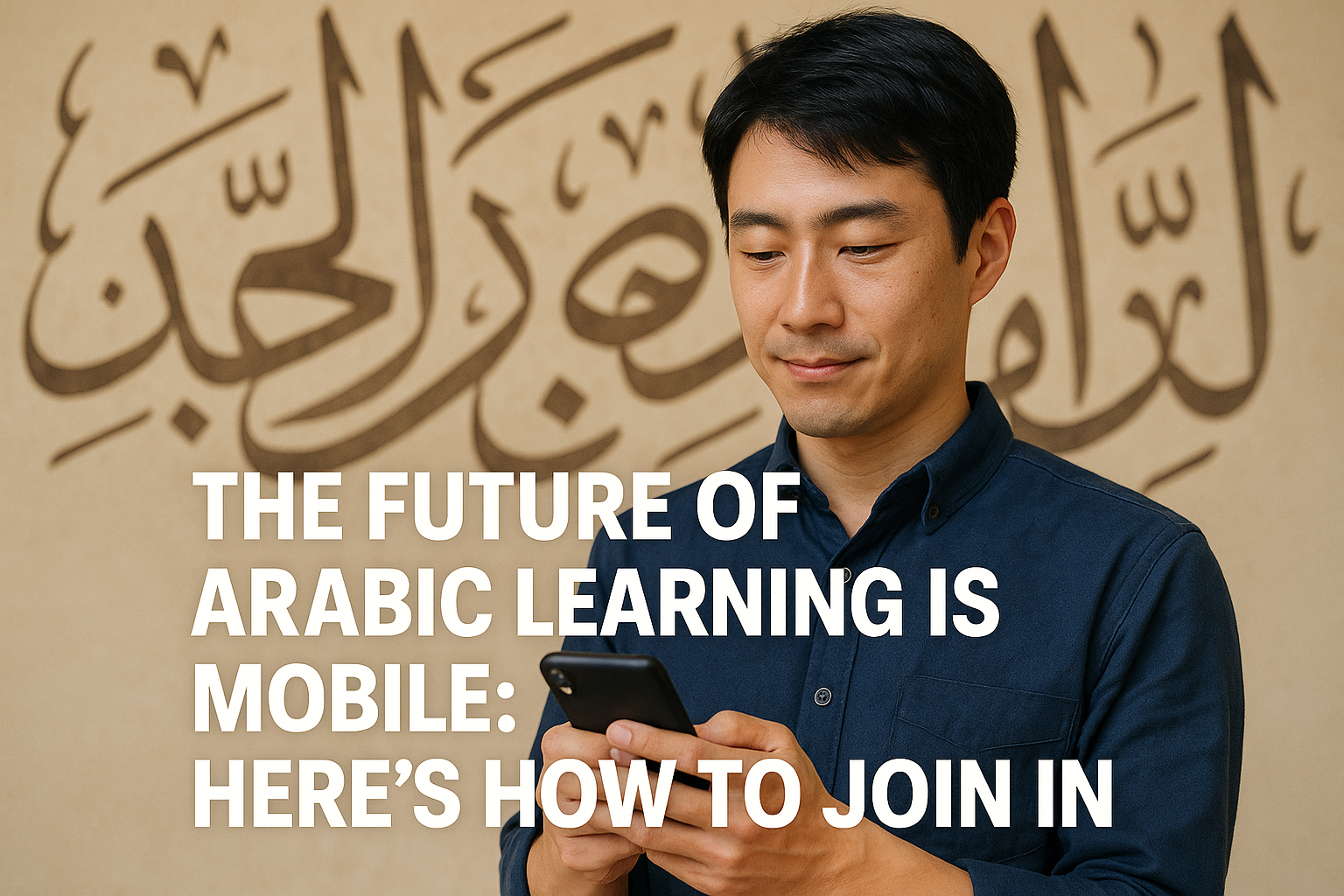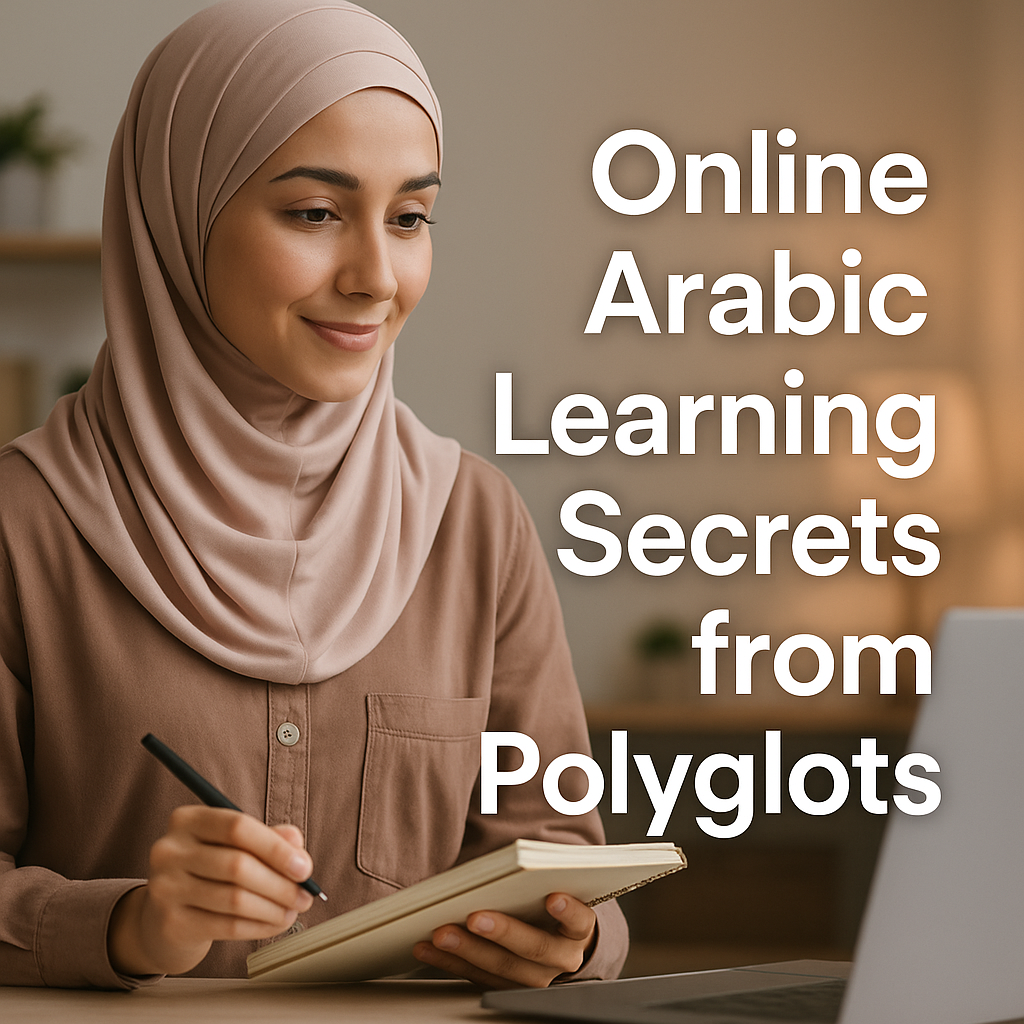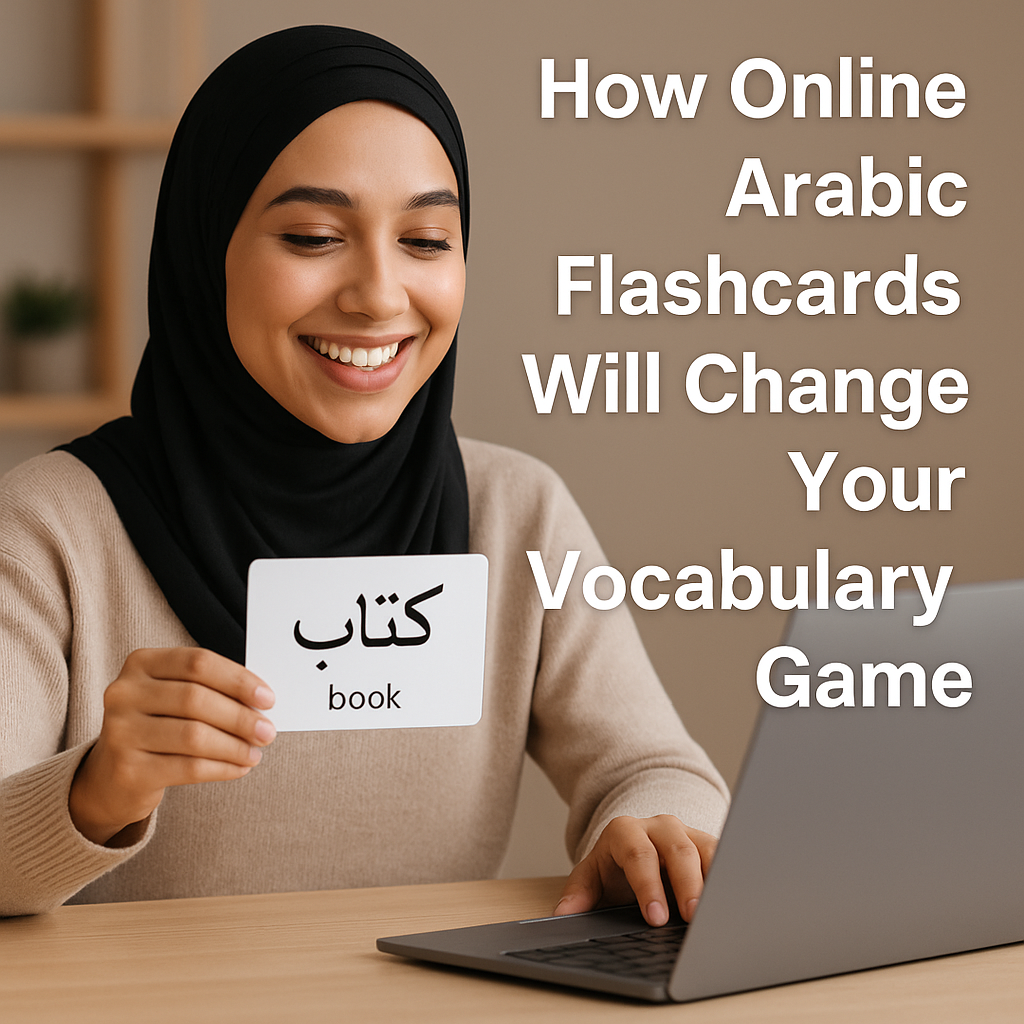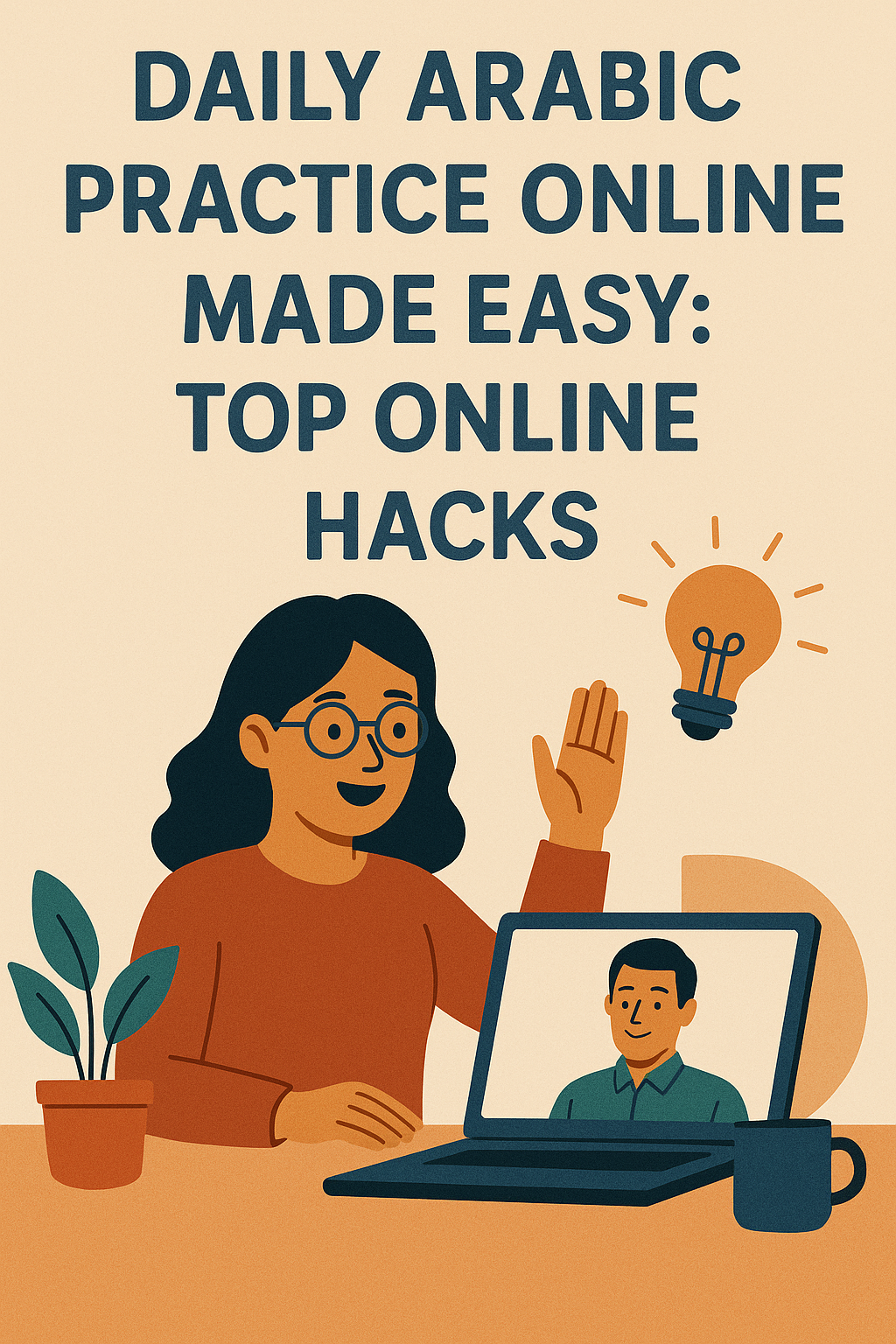Your Guide to Essential Arabic Phrases at the Grand Egyptian Museum
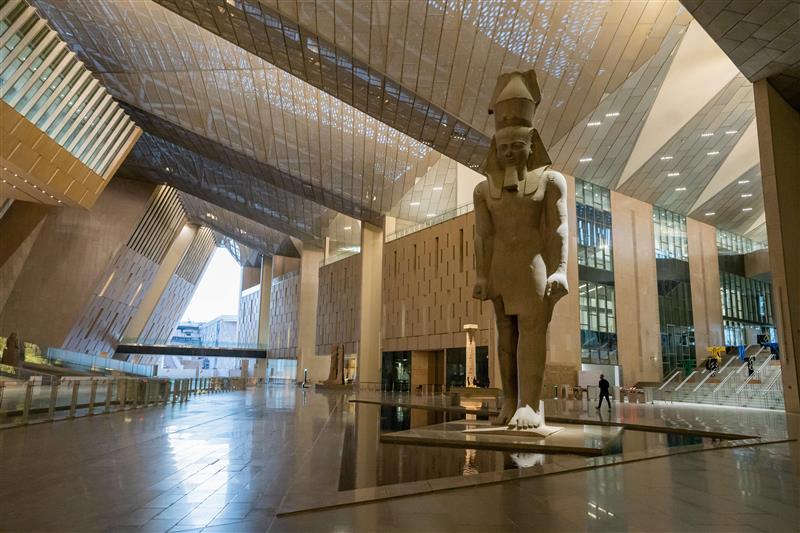
Cairo is one of the most exciting cities in the world, full of history, culture, and amazing sights. Visiting the Grand Egyptian Museum (el-Muthaaf el-Masry el-Kbeer) is a must for anyone coming to Egypt. It’s not just a museum; it’s a journey through thousands of years of Egyptian history. From Tutankhamun’s treasures to colossal statues, everything here tells a story.
Knowing some Arabic phrases before you go will make your visit much easier and more fun. You’ll be able to ask questions, buy tickets, and connect with locals in a meaningful way.
1. Arrival & Ticketing
When you first arrive at the Grand Egyptian Museum, you’ll need phrases for buying tickets, asking about opening hours, and finding your way.
| English | Egyptian Arabic | Transliteration |
|---|---|---|
| Where is the ticket office? | فين مكتب التذاكر؟ | Fein maktab el-tazaker? |
| How much is the entrance fee? | سعر الدخول كام؟ | Se‘r el-dukhool kam? |
| Is there a student discount? | فيه خصم للطلبة؟ | Feeh khosm lel-tolaba? |
| What time does the museum close? | الساعة امتى المتحف بيقفل؟ | El-sa‘a emta el-muthaaf beye’fel? |
| I have a reservation. | عندي حجز | ‘Andi 7agz |
Tip: When you say the Grand Egyptian Museum in Arabic, use el-Muthaaf el-Masry el-Kbeer (المتحف المصري الكبير). Locals will understand you right away.
2. Navigating the Galleries
Once inside, you’ll want to ask for directions or explore specific exhibits.
| English | Egyptian Arabic | Transliteration |
|---|---|---|
| Which gallery has the Tutankhamun collection? | صالة توت عنخ آمون فين؟ | Sala Tutankhamun fein? |
| Where is the restroom? | الحمام فين؟ | El-7ammam fein? |
| Can I take photos here? | ممكن أصور هنا؟ | Momken asawwer hena? |
| Do you speak English? | بتتكلم إنجليزي؟ | Betetkallem English? |
| We are going to the pyramid view room. | إحنا رايحين على أوضة منظر الأهرامات | Ehna ray7een ‘ala oda maẓar el-ahramat |
Pro tip: Don’t forget to use maẓar el-ahramat (منظر الأهرامات) when pointing out the pyramid view. It’s a fun way to practice Arabic and describe what you see.
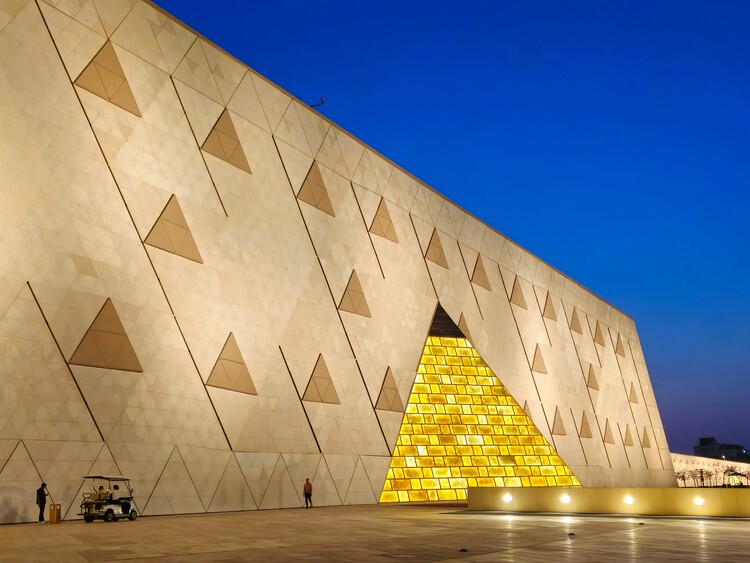
3. Exhibits & Interaction
When you see amazing statues or treasures, these phrases are helpful:
| English | Egyptian Arabic | Transliteration |
|---|---|---|
| This statue is amazing! | التمثال ده جامد قوي! | El-timsal da gamed awy! |
| What does this inscription say? | النقش ده بيقول إيه؟ | El-naqsh da beye’ool eh? |
| How old is this artifact? | الأثر ده عمره قد إيه؟ | El-athar da ‘omro ad eh? |
| Can I ask the guide a question? | ممكن أسأل المرشد سؤال؟ | Momken as’al el-morshed so’al? |
| We learned about this at Al Arabiya Institute. | إحنا اتعلمنا عن ده في معهد العربية | Ehna et‘allamna ‘an da fi Ma‘had el-‘Arabiya |
Using Al Arabiya Institute here connects your Arabic learning with your museum visit—students and guides love hearing that.
4. Dining & Gift Shop
After exploring, you might go to the café or gift shop. Here’s what to say:
| English | Egyptian Arabic | Transliteration |
|---|---|---|
| Could I have a table for two, please? | ممكن ندي لنا ترابيزة لشخصين؟ | Momken nedi lana tarabeza le shakhseen? |
| Do you speak Arabic? | بتتكلم عربي؟ | Betetkallem ‘Arabi? |
| How much is this souvenir? | سعر التذكار ده كام؟ | Se‘r el-tazkar da kam? |
| Does this come with a warranty? | ده معاه ضمان؟ | Da ma‘ah daman? |
| Thank you very much. Your service is great. | شكراً جداً. خدمتك ممتازة | Shokran gedan. Khedmetak momtaza |
Tip: Saying min faḍlak (من فضلك) for “please” and shokran (شكراً) for “thank you” makes a big difference in how locals respond.
5. Emergency & Basic Communication
Sometimes unexpected things happen, or you just need help. These phrases will come in handy:
| English | Egyptian Arabic | Transliteration |
|---|---|---|
| I’m lost. | أنا ضايع | Ana daye‘ |
| Could you help me? | ممكن تساعدني؟ | Momken tsa‘edni? |
| I only speak a little Arabic. | أنا بعرف شوية عربي | Ana ba‘raf shwaya ‘Arabi |
| I’m studying Arabic online at Al Arabiya Institute. | أنا باتعلم عربي أونلاين في معهد العربية | Ana bat‘allam ‘Arabi online fi Ma‘had el-‘Arabiya |
| Where is the metro/bus stop? | محطة المترو/الباص فين؟ | Maḥattet el-metro/el-bas fein? |
Mentioning Al Arabiya Institute can even spark a conversation with locals about Arabic learning.
6. Practicing Before Your Visit
To get the most out of your visit to the Grand Egyptian Museum, try these:
-
Flashcards – Arabic on one side, English on the other.
-
Role-play – Pretend to buy tickets or ask for directions.
-
Record & listen – Check your pronunciation.
-
Practice with a friend – Take turns being visitor and guide.
-
Use phrases with exhibits – e.g., say “El-timsal da gamed awy!” when you see Tutankhamun’s mask.
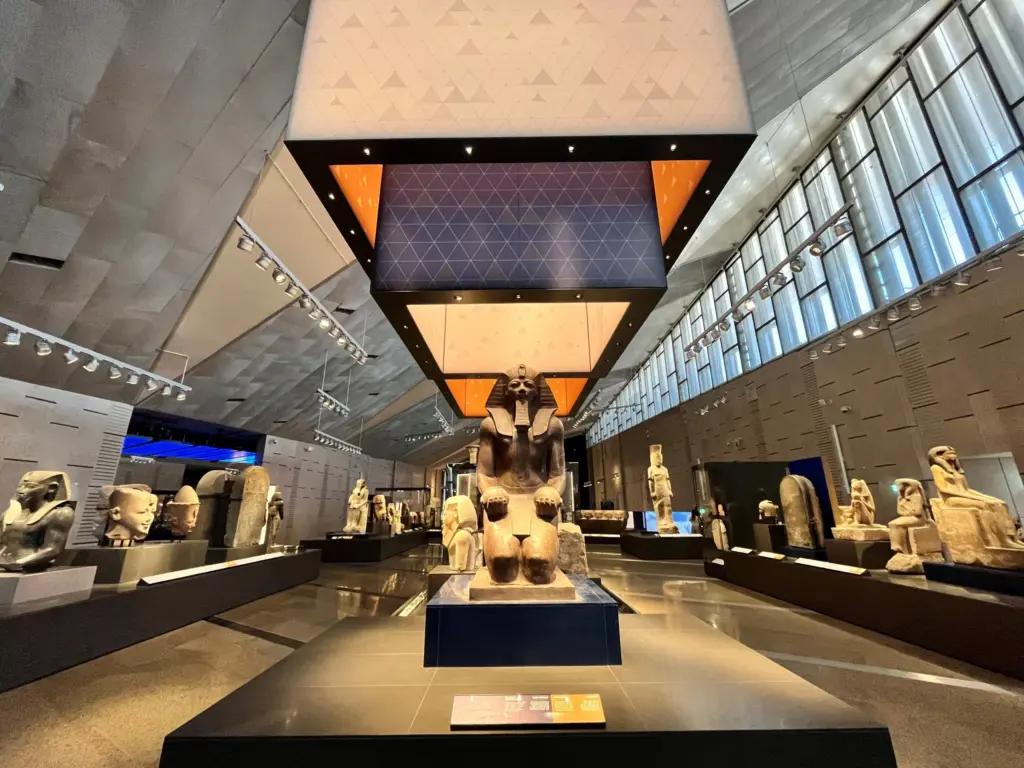
7. Making the Most of Your Visit
Some extra tips for a richer experience:
-
Plan your route – The museum is huge. Ask “Sala Tutankhamun fein?” to get to the right gallery.
-
Take your time – Enjoy the pyramid view (maẓar el-ahramat).
-
Talk to guides – Try asking even a small question in Arabic.
-
Combine language & culture – Speaking Arabic while seeing history makes the experience unforgettable.
8. Why Learning Arabic Helps
Knowing some Arabic when visiting the Grand Egyptian Museum will:
-
Help you connect with locals and guides.
-
Give you confidence in asking questions.
-
Make labels, signs, and exhibits more meaningful.
-
Show cultural respect.
-
Help your brain learn faster, connecting travel and language.
If you want to go further than basic phrases, online Arabic study is the way to go.
9. Al Arabiya Institute
For serious learners, Al Arabiya Institute is one of the best websites to learn Arabic online. They offer:
-
Modern teaching methods and personalized lessons.
-
Focus on all four language skills: speaking, listening, reading, and writing.
-
Best prices and free trial lessons.
After your trip to the Grand Egyptian Museum, you can continue your journey with Al Arabiya Institute to build real Arabic skills.
10. Final Thoughts
Visiting the Grand Egyptian Museum isn’t just sightseeing—it’s an adventure through thousands of years of history. Using these essential Arabic phrases will make your visit easier, more fun, and more immersive.
Combine your museum experience with ongoing learning at Al Arabiya Institute, and your Arabic journey will continue long after you leave Cairo.
Safe travels and happy learning!
